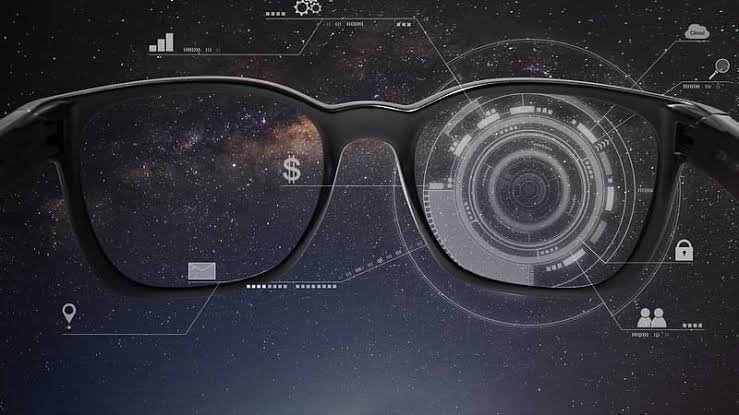
Amazon (AMZN.O) is developing smart eyeglasses for its delivery drivers to help guide them through buildings and around obstacles, as part of its efforts to streamline the final stretch of an order’s journey to a customer’s home, according to five sources familiar with the project who spoke to Reuters on the condition of anonymity since the initiative is not public.
If successful, the glasses would provide drivers with turn-by-turn navigation displayed on a small embedded screen along their routes and at each delivery stop. This technology could save valuable seconds by offering specific directions, such as which way to turn when exiting elevators or navigating around obstacles like gates or aggressive dogs. Given that millions of packages are delivered daily, these saved seconds could significantly improve efficiency. Additionally, the glasses would free drivers from using handheld GPS devices, enabling them to carry more packages.
This project reflects Amazon’s ongoing efforts to reduce delivery costs per package and enhance profit margins amid increasing competition from Walmart, which has intensified its e-commerce efforts and reduced prices. Walmart has also started offering new incentives to independent delivery drivers for online order deliveries during the holiday season. However, the development of Amazon’s delivery glasses might be shelved or delayed if the project does not meet expectations or due to financial constraints, the sources noted. They also indicated that it may take years to perfect the technology.
An Amazon spokesperson stated, “We are continuously innovating to create an even safer and better delivery experience for drivers,” but declined to comment on the product roadmap. Amazon has been building its in-house delivery network for years, including its own airline, long-haul trucking, and extensive suburban warehouses, all with the goal of expediting deliveries and reducing costs by decreasing reliance on couriers like UPS and FedEx.
The company’s shipping costs rose by 8% in the third quarter to reach $23.5 billion. The “last mile” of delivery is often the most expensive and complex portion, involving neighborhood navigation, the deployment of more couriers, and increased fuel usage. Estimates suggest that up to half of the total cost associated with delivering a product to a customer’s doorstep stems from the last mile. Now, Amazon is focusing on what it calls the “last 100 yards” (approximately 91 meters).
In October, the company unveiled a scanner intended to be installed on delivery van ceilings, which would help drivers locate packages for each stop by shining a green spotlight on them, thereby saving time typically spent reading labels.
The delivery glasses under development are an evolution of Amazon’s Echo Frames smart glasses, which allow users to listen to audio and utilize voice commands via Alexa, Amazon’s virtual assistant. Known internally by the code name Amelia, the delivery glasses would feature a small display on one lens and could take photos of delivered packages to provide proof to customers. In September, Amazon launched an unrelated chatbot for third-party sellers that also carries the name Amelia. However, the technology is still in development, and Amazon has faced challenges in creating a battery capable of lasting an entire eight-hour shift while remaining lightweight and comfortable for all-day wear. Additionally, gathering comprehensive data on each house, sidewalk, street, curb, and driveway could take several years.
Amazon has stated that its delivery drivers typically visit more than 100 customers per shift. Improved efficiency could potentially allow the company to ask drivers to deliver even more packages and visit more homes.
Convincing Amazon’s thousands of drivers to use the eyeglasses may pose another challenge, as they may find the glasses uncomfortable, distracting, or unattractive, particularly given that some drivers already wear corrective eyewear. However, since much of Amazon’s delivery workforce consists of independent contractors, Amazon could implement a contractual requirement for wearing the glasses.
Sales of the consumer wearable Echo Frames have reportedly been disappointing, with fewer than 10,000 units sold of the most recent generation released late last year. The new embedded screen being developed is also expected to be part of a future generation of the Echo Frames, which could be released by the second quarter of 2026.